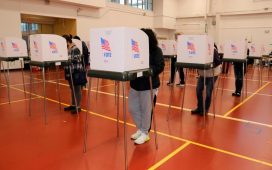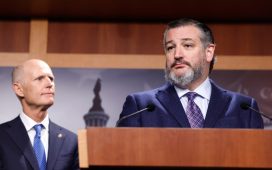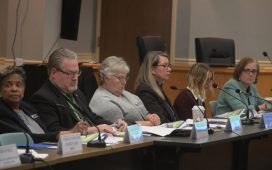A dictionary definition of a Hall of Fame is “an institution honoring the achievements of individuals in a particular activity or field.” Or, “the class or category of those who have excelled in a particular activity or field.”
Mary Hirsch (married surname McLennan), pioneering Thoroughbred horse trainer, exemplifies the definition of Hall of Famer. She initially “excelled” by persisting against powerful regulatory authorities in the 1930s, most notably the Jockey Club, to become the first female in the United States to be licensed to train racehorses; and then she excelled again by recording unique milestones with the horses in her care, notwithstanding most owners’ reluctance to place their horses with a woman trainer.
As of early 2020, the National Museum of Racing & Hall of Fame has inducted only one female trainer into the Hall of Fame, Janet Elliot, who is a superb trainer of steeplechasers. Thus not a single female trainer of thoroughbreds who race on flat courses is in the Hall.
The reasons why only one female trainer is in the Hall of Fame are twofold: the occupation in America has been overwhelmingly male dominated for some 355 years and regulatory bodies for the vast majority of this time barred women from obtaining licenses. Mary Hirsch boldly challenged the male-only policy and broke the proverbial glass ceiling for future generations of women trainers.
Ms. Hirsch was the daughter of Hall of Fame trainer Max Hirsch and younger sister to Hall of Famer William “Buddy” Hirsch.” After several years under her father’s tutelage, in 1933 she applied to the Jockey Club for a trainer’s license in New York. Twenty-year-old Mary’s application was “tabled,” which was a euphemism for “denied.”
The resolute Ms. Hirsch persevered and, in 1934, she was licensed to train in Illinois and Michigan. The Jockey Club in 1936 reversed its earlier decision and licensed her in New York. By then, she was licensed to train virtually everywhere in the United States and Europe.
In addition to Mary Hirsch’s breakthrough of being the first licensed female thoroughbred trainer in America, she had other significant accomplishments. She was the first female to saddle a winner at Saratoga. In 1937, she was the first female to saddle an entry (a gelding named No Sir) in the Kentucky Derby. And a year later, she sent out Thanksgiving to win the Travers. To this day, over 82 years later, she is still the only woman to have trained a winner of the esteemed Travers.
Ms. Hirsch trained for five years, 1935-1939, and her cumulative earnings were $104,285 (about $1.8 million today), representing 84 wins. Her best year was her first, when she won 29 races with earnings of $34,850. These were exceptional earnings in the midst of the Great Depression and in an era well before large purses.
Mary Hirsch ended her training career when she married Charles McLennan, a prominent racing official, in 1940. However, she continued to breed racehorses into the 1970s.
Mary Hirsch McLennan’s success, or even triumph, in overcoming institutional and cultural inequities for female trainers in the 1930’s world of American thoroughbred racing, coupled with the number of truly meritorious “firsts” she achieved, paved the way for all the women trainers who came afterwards. Her induction into the Hall of Fame, as the pathfinder and archetype for female trainers of flat runners in the United States, is long overdue.
William L. Shanklin is an emeritus professor who previously taught at four universities, worked in marketing in the private sector, published hundreds of articles on business, marketing and horse-racing, co-wrote eight books and has addressed numerous business and horse racing conferences.
The copyrighted article appeared originally at Mr. Shanklin’s HorseRacingBusiness.com website and is published here with his permission.
New to the Paulick Report? Click here to sign up for our daily email newsletter to keep up on this and other stories happening in the Thoroughbred industry.
Copyright © 2020 Paulick Report.








